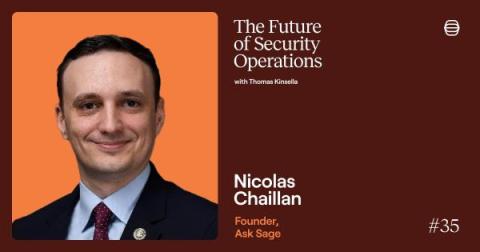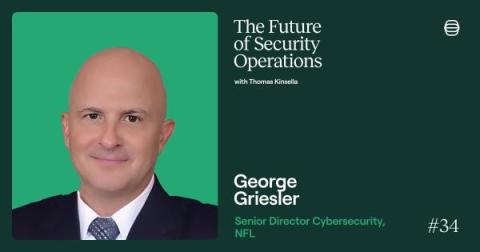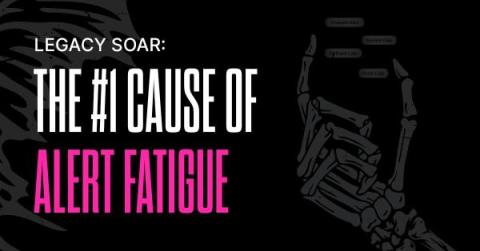Breaking the cybersecurity automation logjam won't break the bank
Right now, to boost efficiency and achieve economies of scale, businesses want to automate as much as possible. In back office processes, approaches like Robotic Process Automation (RPA), for example, are now increasingly standard and are expected to be a $20bn-plus market by 2030. In parallel, enterprises are looking to ChatGPT and Generative AI to help them speed up everything from creating marketing brochures to drug discovery.











